Aqua Planet 63 (아쿠아플라넷 63)
2024-03-05
50, 63-ro, Yeongdeungpo-gu, Seoul
Aqua Planet 63 is an aquarium located on the first underground floor of Yeouido’s 63 Square. In a space about 3,500m2 in total area, the aquarium houses nearly 400 species of aquatic life, amounting to about 20,000 in total. Aqua Planet 63 is divided into a variety of spaces, from the Aqua Planet Garden to the Golden Miracle Zone, Penguin Planet, True Seal Planet, and the Coral Planet. One can even see the mermaid show. Note that a 50% discount is applied on the last Wednesday of every month. As for the 63 Square itself, the golden building by the Hangang River at Yeouido is the building.
Munheonseowon Confucian Academy (문헌서원)
2024-10-22
66 Seowon-ro 172beon-gil, Gisan-myeon, Seocheon-gun, Chungcheongnam-do
+82-41-953-5895
Munheonseowon Confucian Academy was established to pay tribute to the memory of Lee Gok (1298-1351) and Lee Saek (1328-1396) who were well-respected for their writings and character. The school was originally built in 1594, but was burnt down during the Imjin War (1592-1598). It was rebuilt in 1610 and became a legislated private institute in 1611.
The academy consists of an educational area and a shrine. Mortuary tablets of five Confucian scholars including Lee Jong-hak, Lee Ja, Lee Gae as well as Lee Gok and Lee Saek were enshrined at the school.
National Mang-Hyang Cemetery (국립 망향의 동산)
2020-03-23
372-8, Manghyang-ro, Seobuk-gu, Cheonan-si, Chungcheongnam-do
+82-41-557-7001
The National Mang-Hyang Cemetery provides a resting place for the souls of Koreans who resided and passed away in foreign lands. The Korean government built the cemetery in 1976 for compatriots who were forced to leave their beloved homeland under the Japanese colonial rule and ultimately passed away in foreign lands. In addition to graveyards, the cemetery also houses the KAL Memorial Tower. Every fall, a large memorial service is held.
Samnak Eco Park (삼락생태공원)
2024-03-15
1231, Nakdong-daero, Sasang-gu, Busan
+82-51-303-0048
Samnak Eco Park is the largest among the four riverside parks created along the Nakdonggang River. Covering an area of 4.89 ㎢ and stretching 7 km in length, it is a natural ecological park. The park features a wetland eco park for migratory birds, food field for migratory birds, lawn, wildflower fields, and eco walking trails. Additionally, there are various sports facilities such as outdoor swimming pools, soccer fields, tennis courts, and bicycle rental stations. It also boasts a natural ecological environment zone.
Alpensia Resort (알펜시아 리조트)
2025-03-18
325, Solbong-ro, Pyeongchang-gun, Gangwon-do
+82-33-339-0000
Alpensia Resort, located approx. 184 kilometers from Seoul in Daegwallyeong, Pyeongchang-gun, Gangwon-do, is a tourism & leisure complex open year round. The resort allows visitors to enjoy the area’s pristine natural beauty throughout each of the four seasons. The name "Alpensia" is a combination of the words "Alpen," (German for the Alps), "Asia," and "Fantasia;" together they reflect the resort’s scenic view of the "fantastic Alps of Asia." <br><br>The complex boasts a variety of super deluxe luxury accommodations and top-notch leisure facilities such as a 45-hole golf course, convention center, water park and ski slopes. The resort successfully hosted the IBU Biathlon World Cup Pyeongchang in 2008 and boasts excellent ski jump and biathlon facilities, a monorail, cross-country ski slopes, and a large stadium. After a hard day out on the slopes or golf course, visitors can head to the sky lounge, ecology learning center, or Retail Village shopping mall. The resort is also adjacent to many other tourist attractions such as Odaesan Mountain, Samyang Sheep Ranch, Korea Botanic Garden, Lee Hyo-Seok Memorial Hall, and Herbnara Farm.
Sudokwon Landfill Site Wildflower Complex Dream Park (수도권 매립지 야생화단지 드림파크)
2024-03-07
61 Geowol-ro, Seo-gu, Incheon
+82-32-560-9300
Sudokwon Landfill Site Wildflower Complex Dream Park is an eco-project park that maintains the function of a landfill site while restoring natural habitats and providing citizens with recreational spaces. It features Green Bio Complex, Wildflower Garden, Nature Observation District, and Wetland Observation District. A leisurely stroll takes about 40 minutes, while exploring every nook and cranny may take around 1 hour and 30 minutes. There's also a dog playground, making it suitable for visits with pets.
Achasan Mountain (아차산)
2024-03-07
Acheon-dong, Guri-si, Gyeonggi-do
+82-2-450-1655
Achasan Mountain is a 295m-high mountain that stretches across Seoul and the city of Guri. Its proximity to the city makes it an accessible destination for hiking in Seoul. The hiking trails are maintained quite well, so even beginners can enjoy hiking in the mountain. From the summit of Achasan Mountain, one can enjoy the beautiful view of Seoul and the Hangang River. In fall, the mountain is famous for its fall colors as well.
Uirimji Reservoir (제천 의림지와 제림)
2024-07-31
33 Uirimji-ro, Jecheon-si, Chungcheongbuk-do
+82-43-651-7101
Uirimji Reservoir was created during the Three Kingdoms Era. Due to its long history, it is one of the most famous reservoirs in Chungcheong-do.
The reservoir is 1.8 kilometers in circumference and 151,470 square meters in water surface area and has a depth of 8-13 meters. It supplies water to nearby farmland and was one of the 3 major reservoirs of the Three Kingdoms Era along with Byeokgolje of Gimje and Susanje of Miryang. With a water gate built of onggi (earthenware), Uirimji is also a valuable historical site for studying farming methods.
The reservoir is one of the main tourist attractions of Jecheon. Attractions around the reservoir include Yeonghojeong Pavilion and Gyeonghoru Pavilion. The traditional beauty of the structures is accented by the neighboring ancient pine and willow trees and the 30 meter-high waterfall.
Daejeon Jagwangsa Temple (자광사(대전))
2021-09-07
50-8, Hakhadong-ro 63beon-gil, Yuseong-gu, Daejeon
+82-42-822-9220
Legend has it that the region of Hakha-dong was where the gods lived when they periodically came down from the heavens. When Jagwangsa Temple was built in the district, Song Siyeol saw it as a sign and created a village school near the temple to train his pupils. It was his hope that the sacred land would aide in the raising of gifted students who would grow to serve their community and country. When building the school, Song Siyeol also planted a juniper tree that, 300 years later, still proudly stands by Jagwangsa Temple.
Upon entering the temple area, visitors will find to their left the Seongjeonnyeongdangji Memorial Stone, which serves to commemorate Song Siyeol and his school. Next to the memorial stone is a pond in which carp swim lazily around lotus flowers. From the white wooden chair in front of the pond, there is a large bell to the left and main Dharma Hall to the right.
Maze Museum (메이즈랜드)
2024-10-18
2134-47 Bijarim-ro, Gujwa-eup, Jeju-si, Jeju-do
+82-64-784-3838
Maze Museum, a comprehensive theme park, features the world's longest stone maze, spanning 5.3 km and themed around Jeju’s Samda—the island’s iconic triad of stones, wind, and women. Proudly showcasing Korea’s natural beauty, the park also houses a museum where visitors can explore the history of mazes, view artifacts, and solve puzzles dating from the 14th century to modern times. Constructed from local stones known for their high far-infrared ray emission and the western arborvitae trees, which release beneficial phytoncides, Maze Museum is an eco-friendly park designed with health benefits in mind, offering more than just walking mazes. The site is enveloped by a variety of 40-year-old trees, providing an ideal environment for forest bathing and immersing in nature.
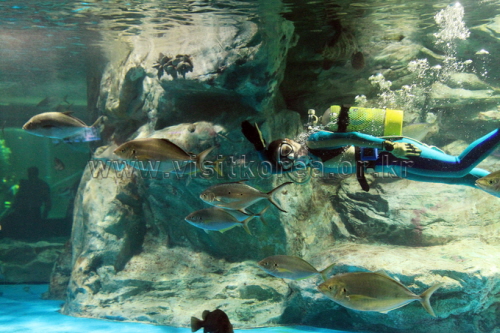
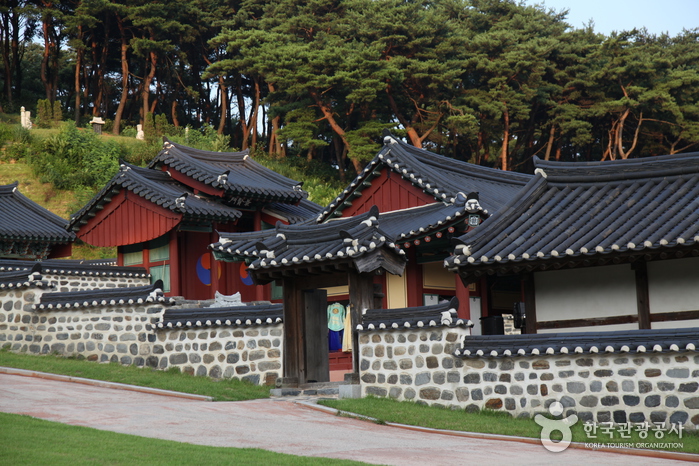
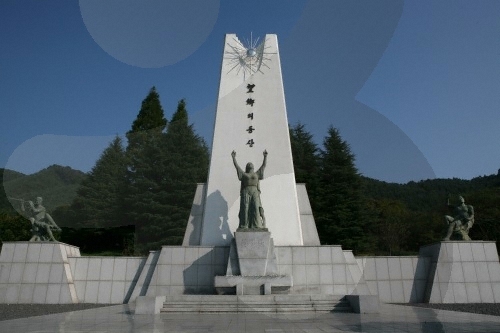
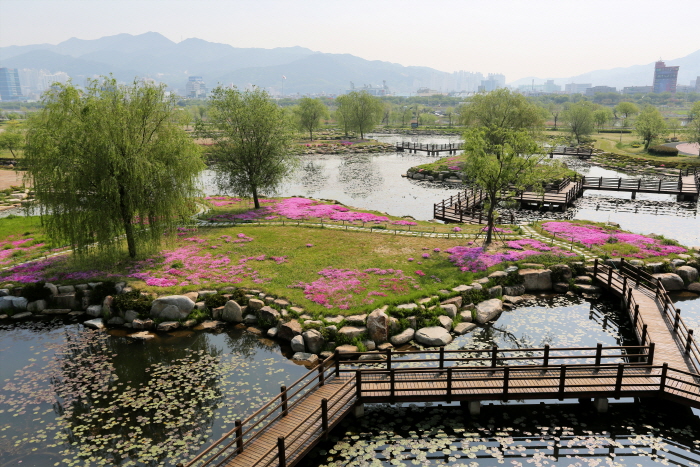
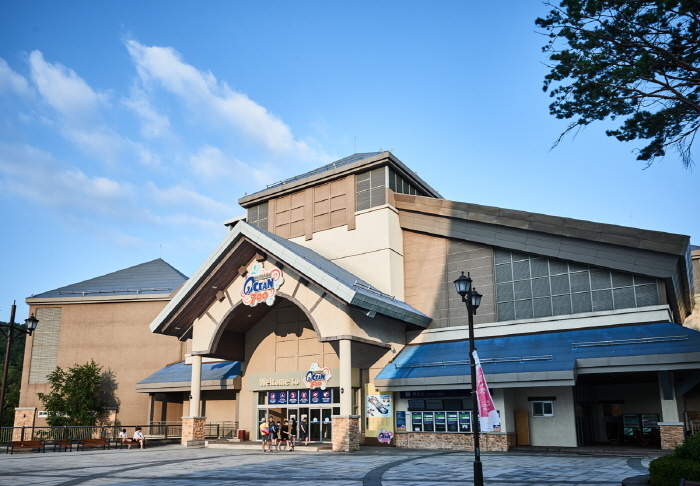
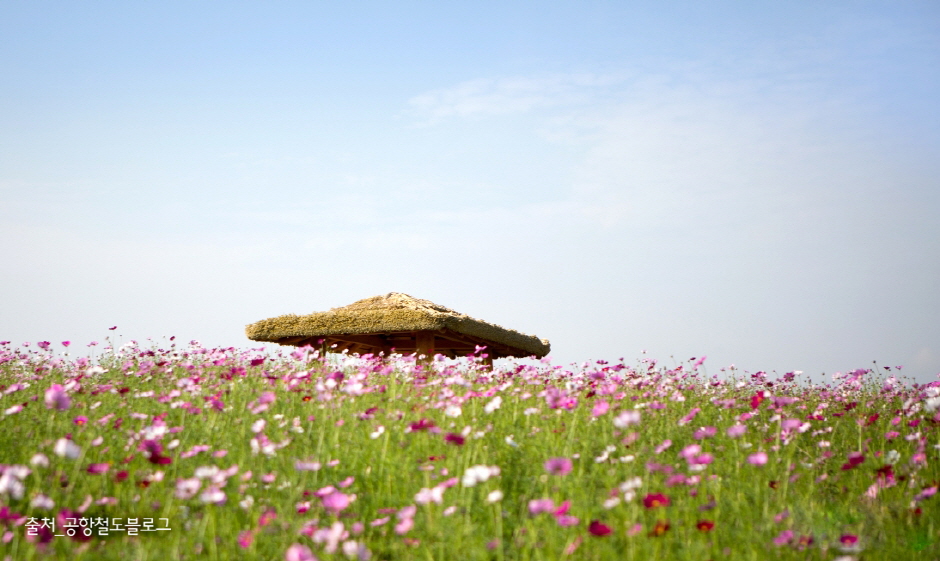
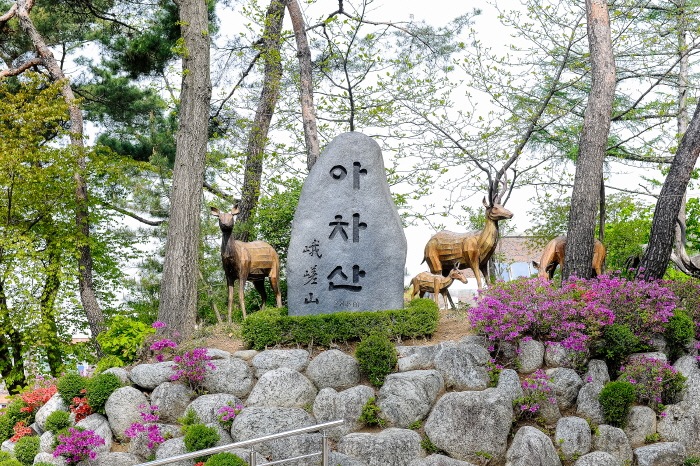
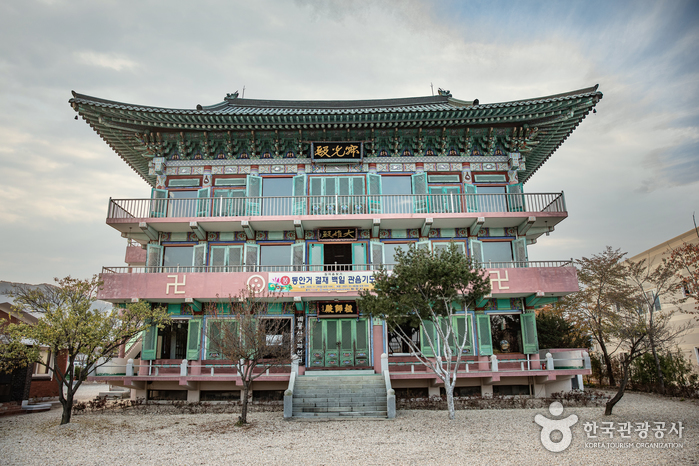

 English
English
 한국어
한국어 日本語
日本語 中文(简体)
中文(简体) Deutsch
Deutsch Français
Français Español
Español Русский
Русский